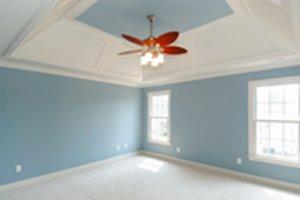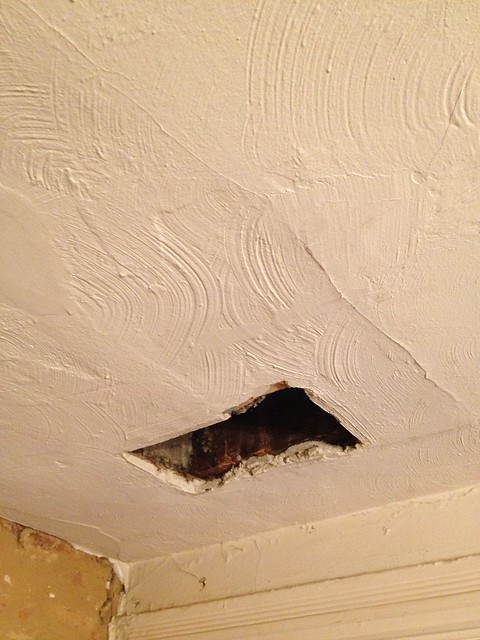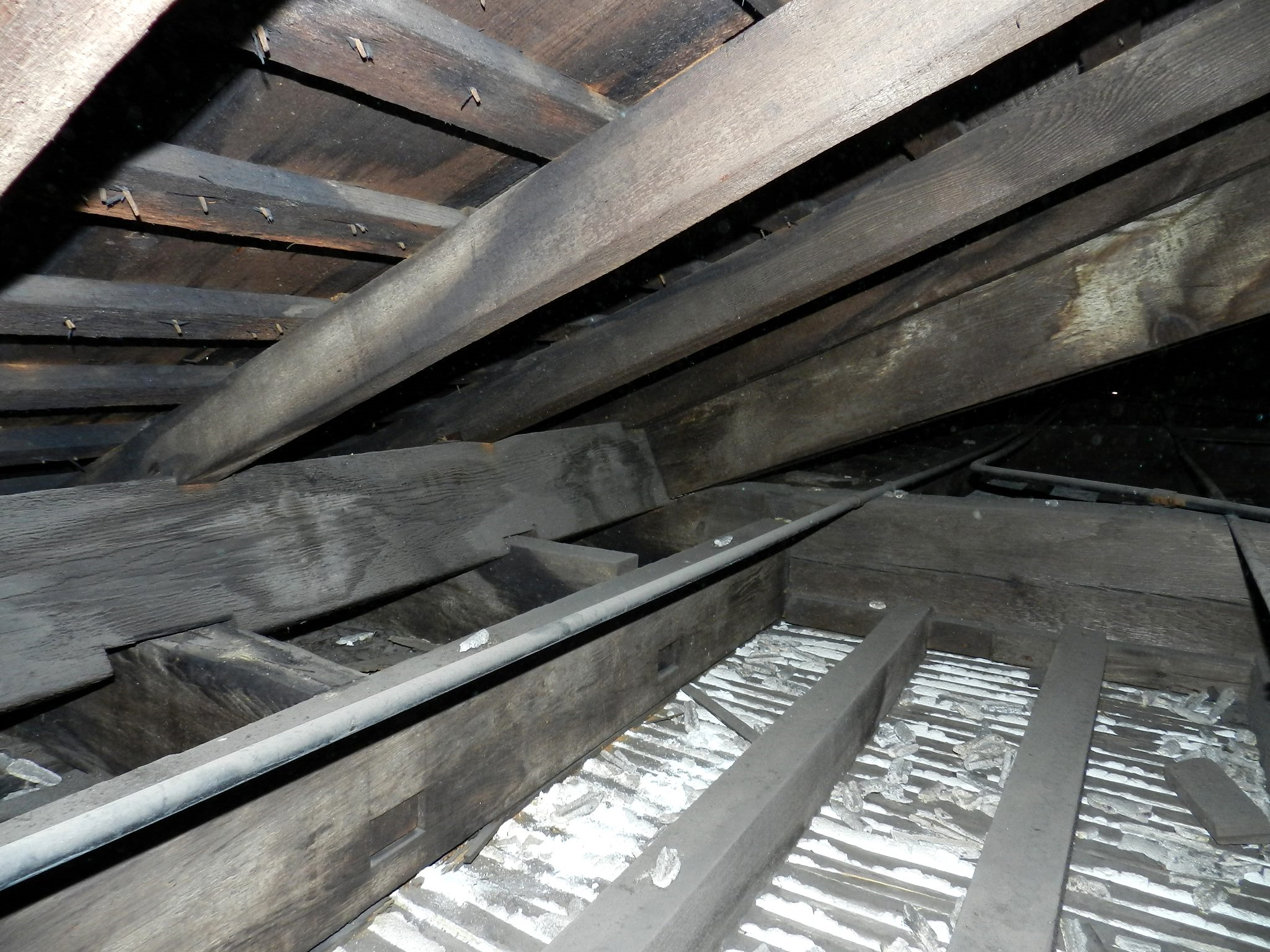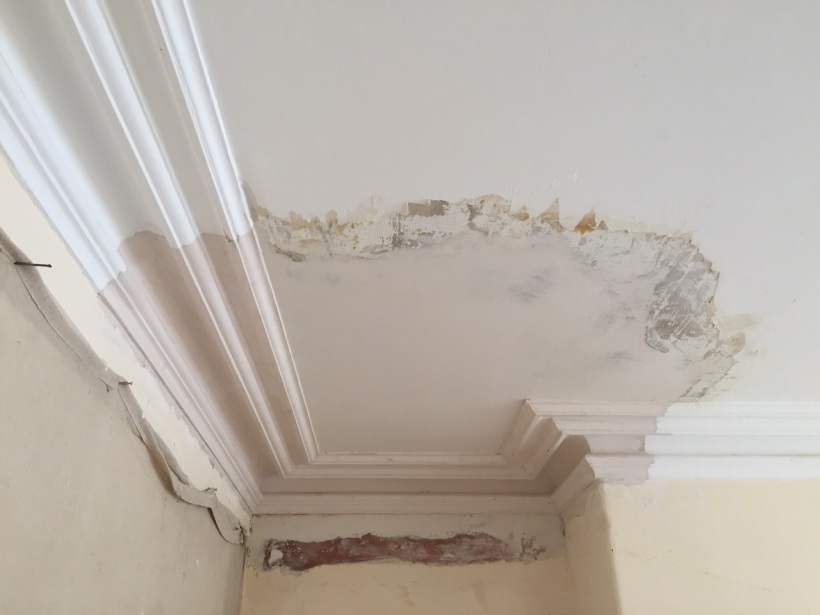Lath and plaster walls provide a room with better soundproofing as opposed to drywall walls of an ordinary thickness 1 2 inch.
Repair lath plaster ceiling step through attic.
To keep the plaster from cracking and to hide the screws set a fiberglass screen into the first coat of plaster.
Small runs are cut through the original plaster at the bottoms of the walls in order to install new wiring and then drywall panels are installed over the plaster.
Use a felt pad to finish the job and smooth out the ceiling.
Lath and plaster walls have a slightly better insulating r value than do drywall wall systems.
The screw and washer pull the loose plaster tight against the framing restoring the ceiling.
The screw pulls the lath against the plaster s back side while the washer gives the screwhead a wide clamping surface.
Follow the same process if you re working on the lath side leaving adhesive wipe up as an optional step.
Slip a 2 inch plastic washer over a 1 5 8 inch drywall screw and drive it into the lath through one of the adhesive filled holes.
Plastering is a skilled craft requiring years of training and special tools.
Plant washers about 8 to 12 inches apart on both sides of the crack.
After the first coat sets apply a second coat filling any voids.
You thread the drywall screw through a plaster washer and then drive it through the plaster and into the ceiling joists wall studs or wood lath.
Complete your entire series of holes then go back over the plaster with a clean damp sponge to remove further glue residue.
Secure the plaster with forms.
To repair plaster a building owner must often enlist the help of a plasterer.
Historical background return to top.
While minor repairs can be undertaken by building owners most repairs will require the assistance of a plasterer.
Use your drill to drive the screw into the sagging plaster a few inches from the edge of any holes you created in step 1.
Soundproof drywall though rivals lath and plaster walls in terms of soundproofing.
A popular way is to drill 4mm holes slightly countersink the holes vacuum then squirt a thin adhesive into the hole followed by the drywall screw.
Place the plaster mix on a hawk and trowel it over the damaged areas.
Insert a 1 5 8 inch drywall screw through the center of a plaster washer.














/cdn.vox-cdn.com/uploads/chorus_asset/file/19616859/plaster.jpg)














